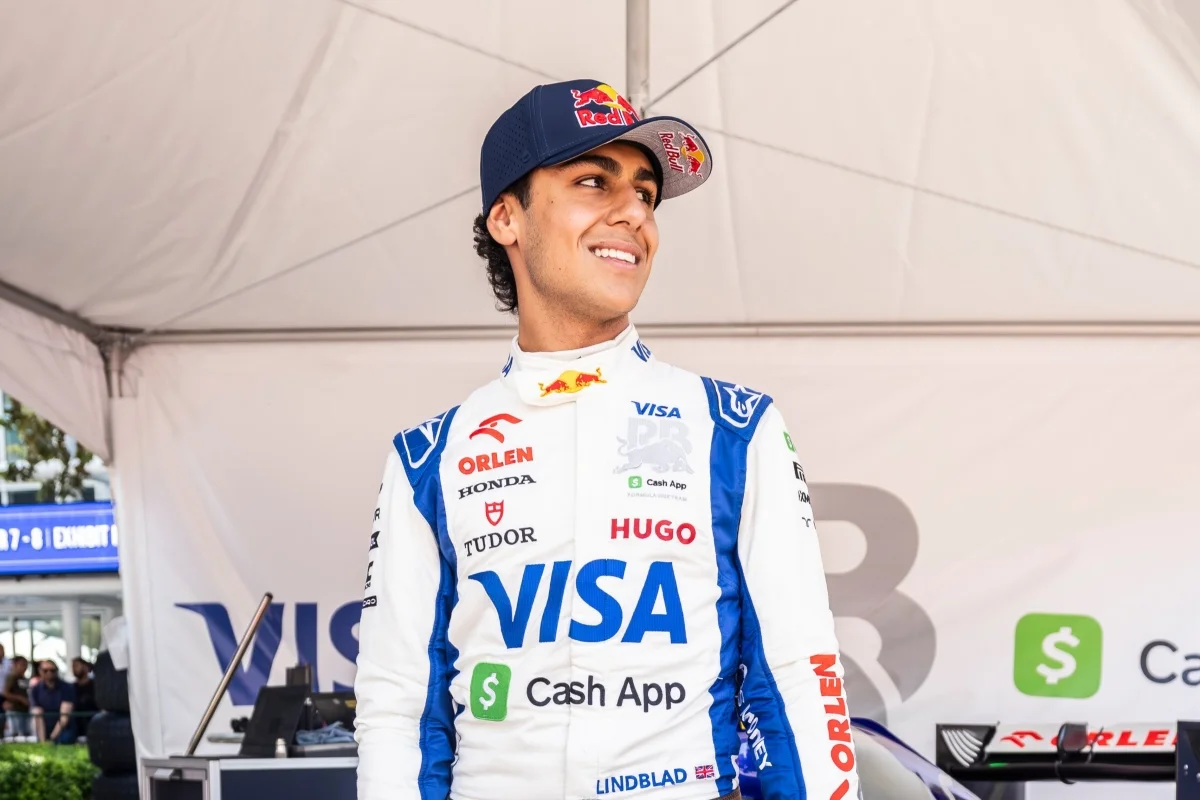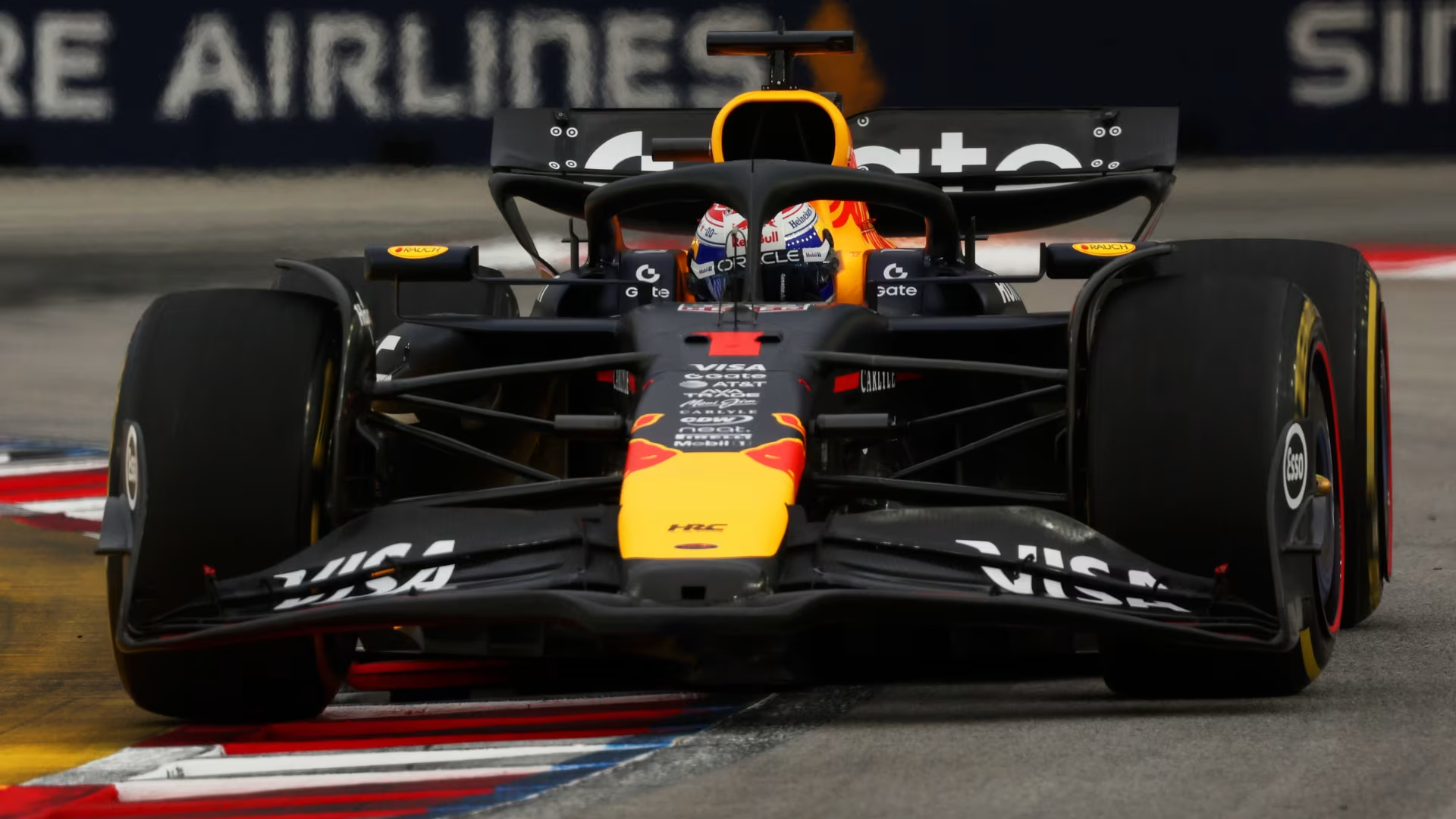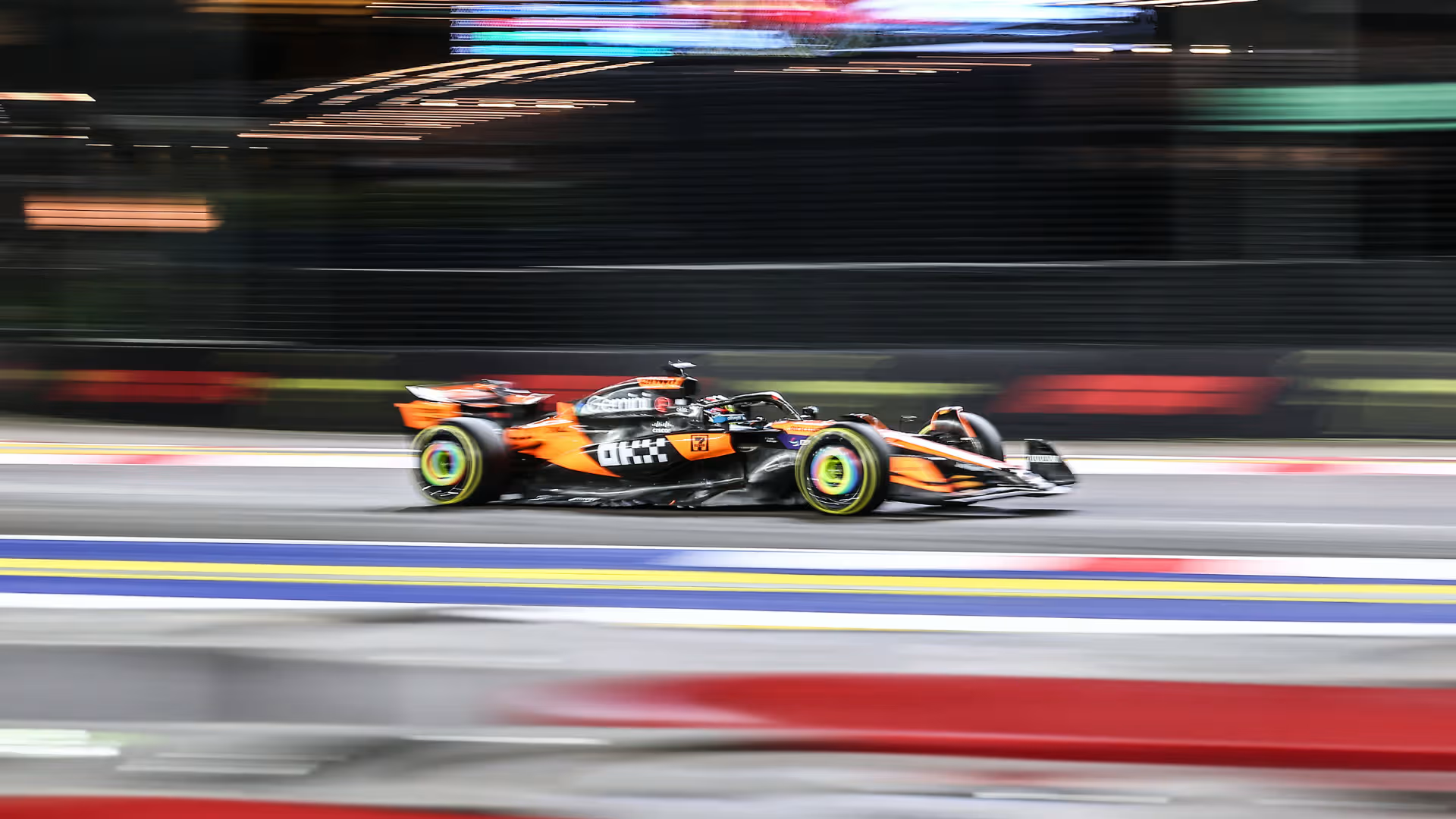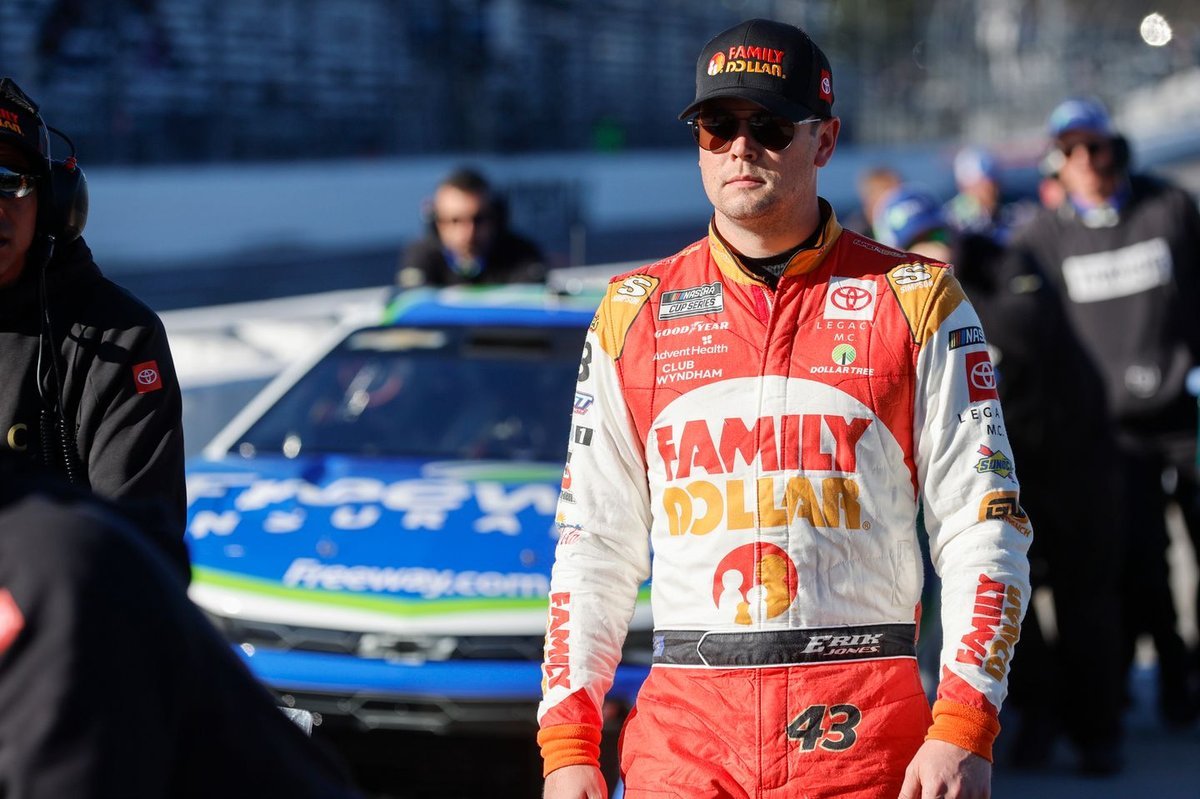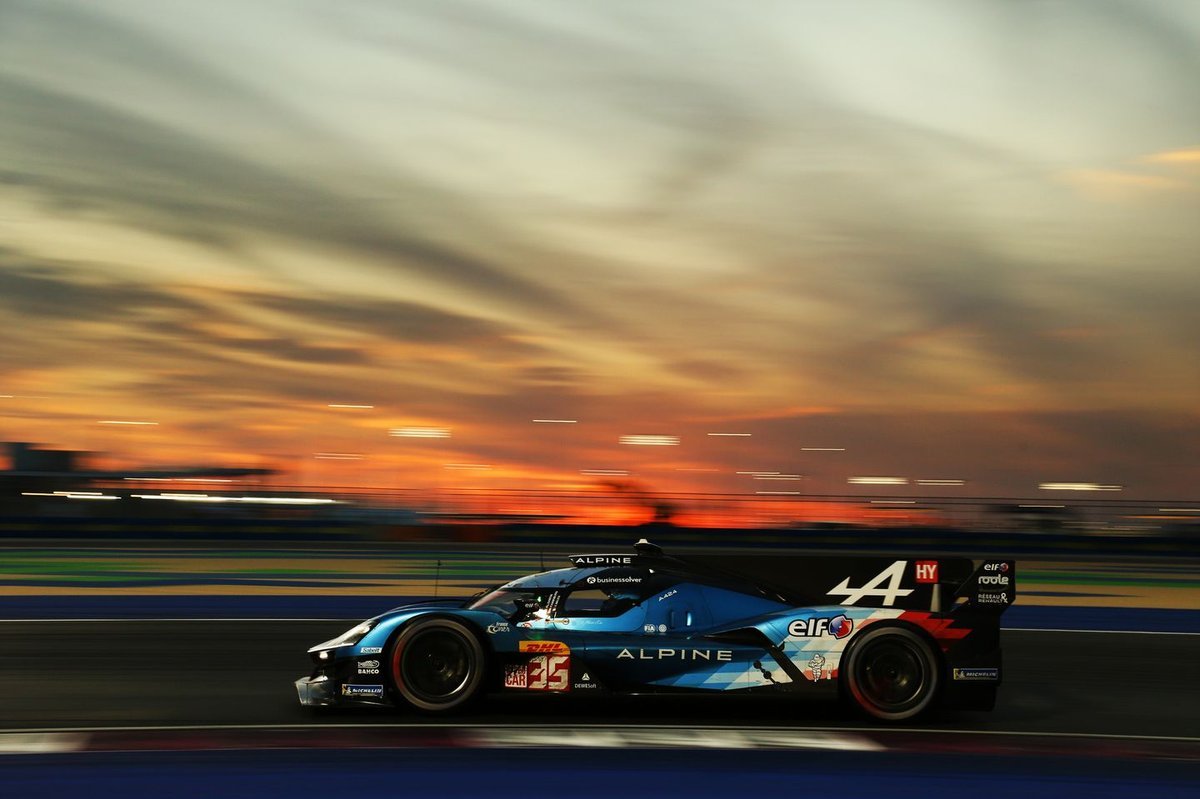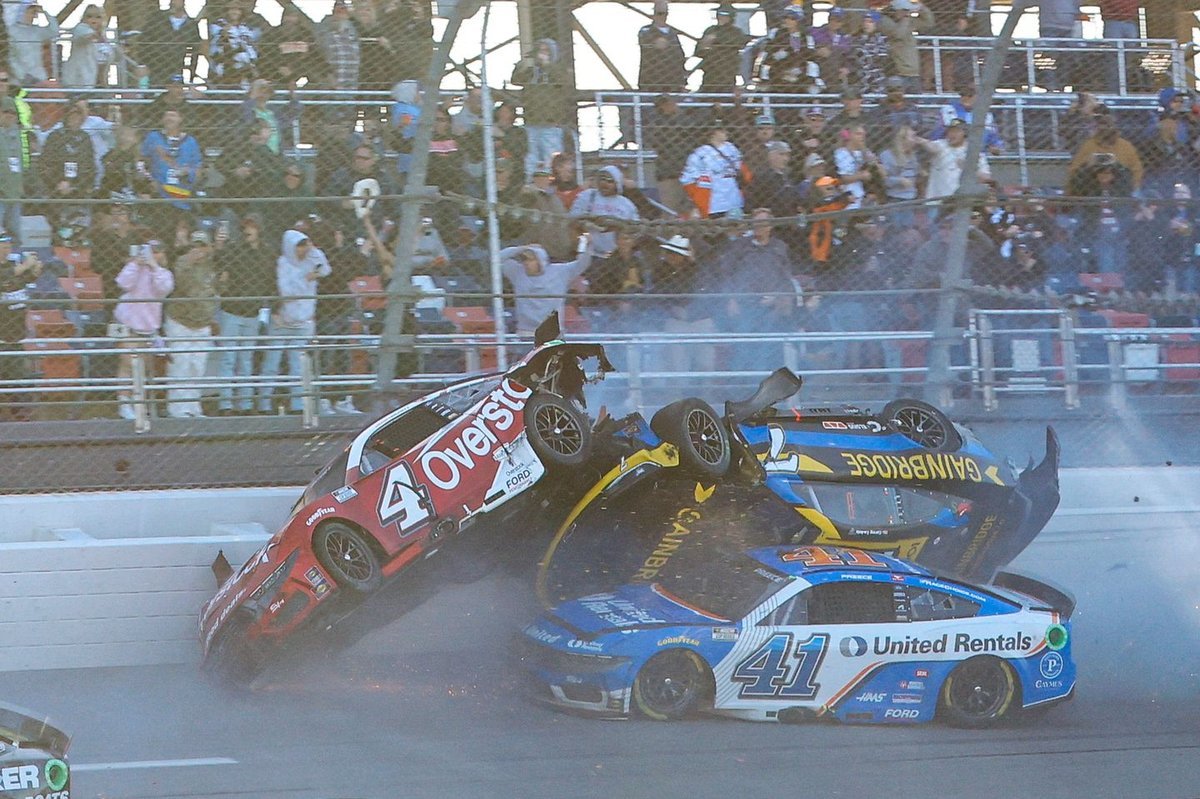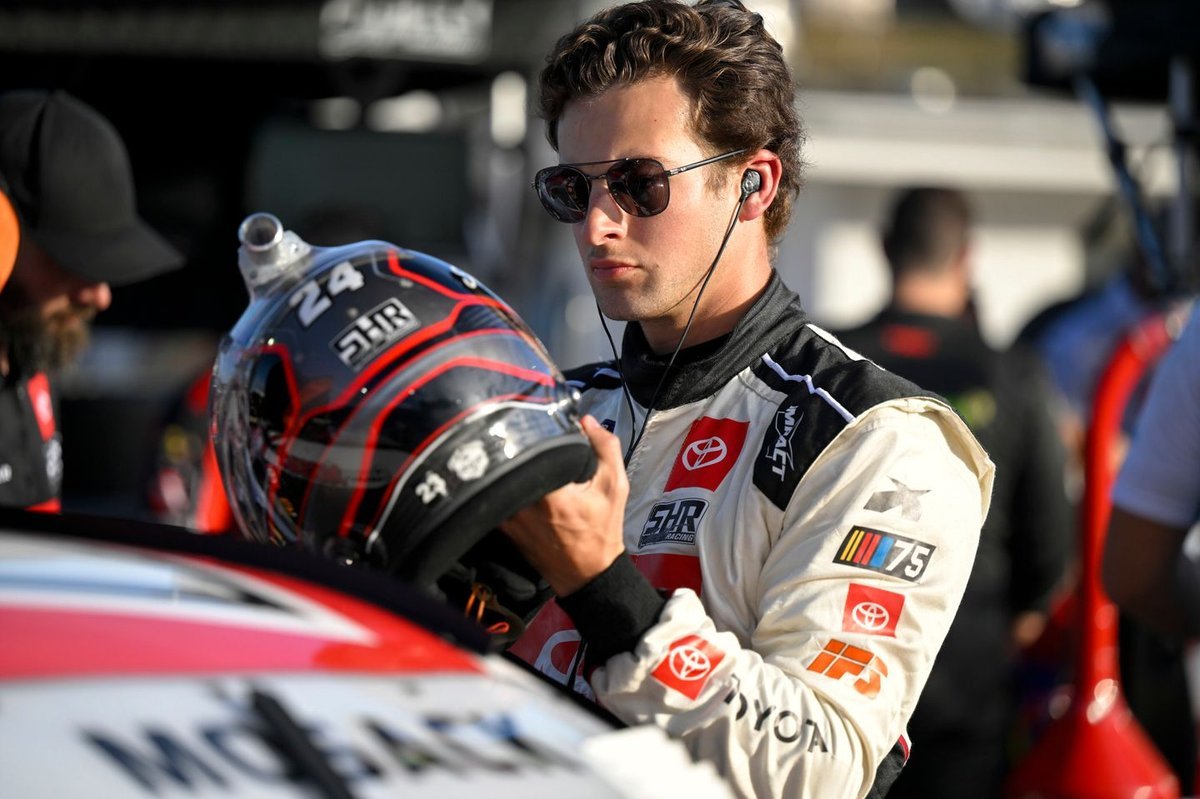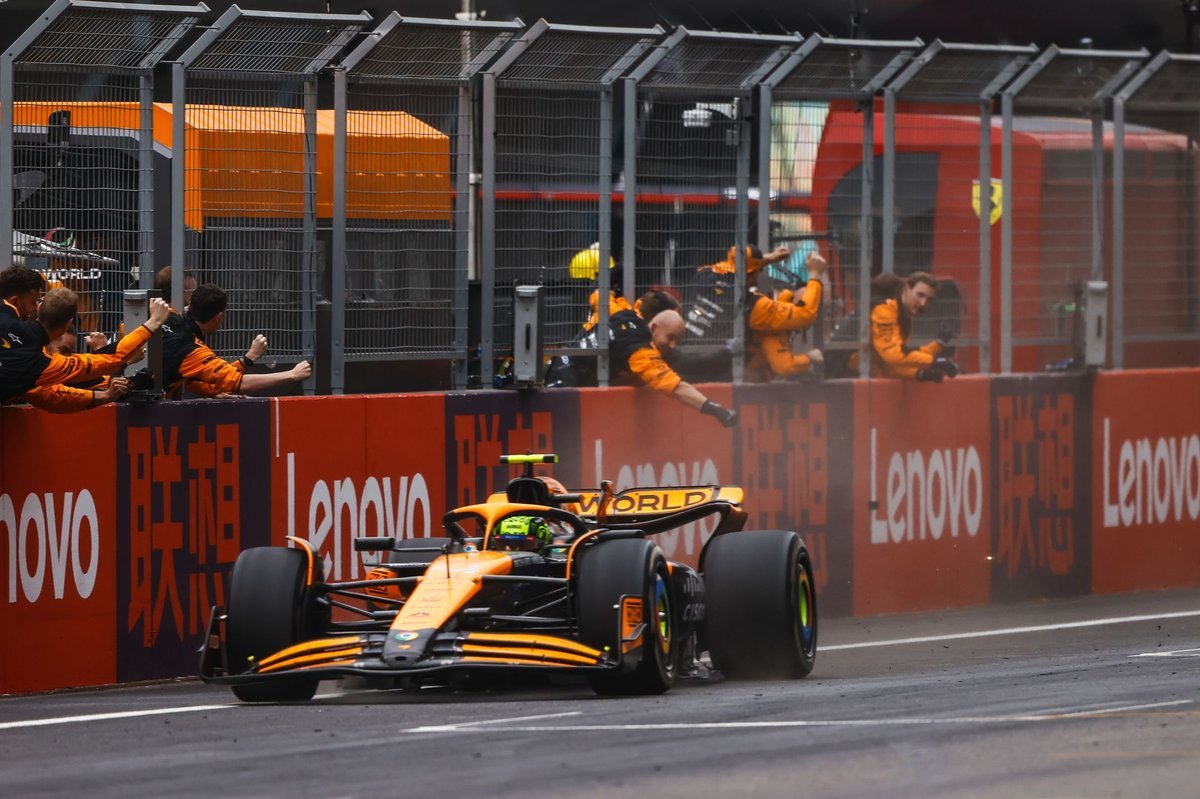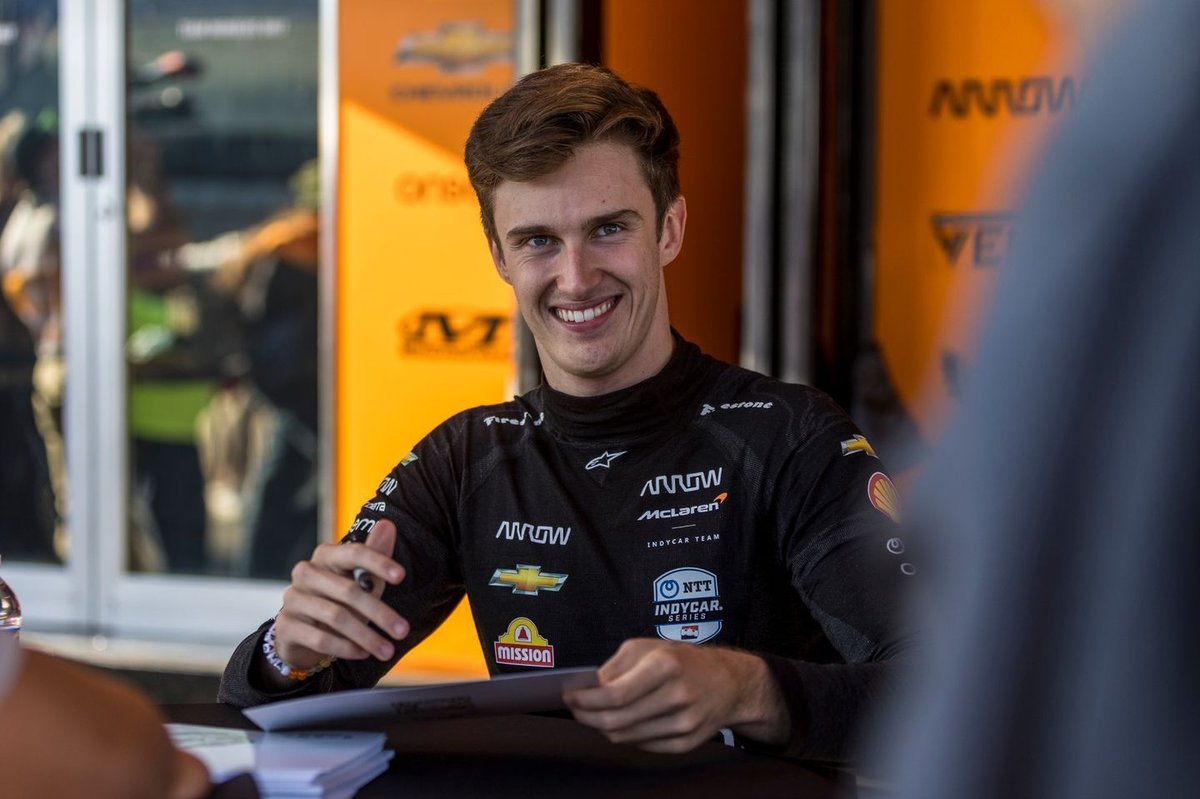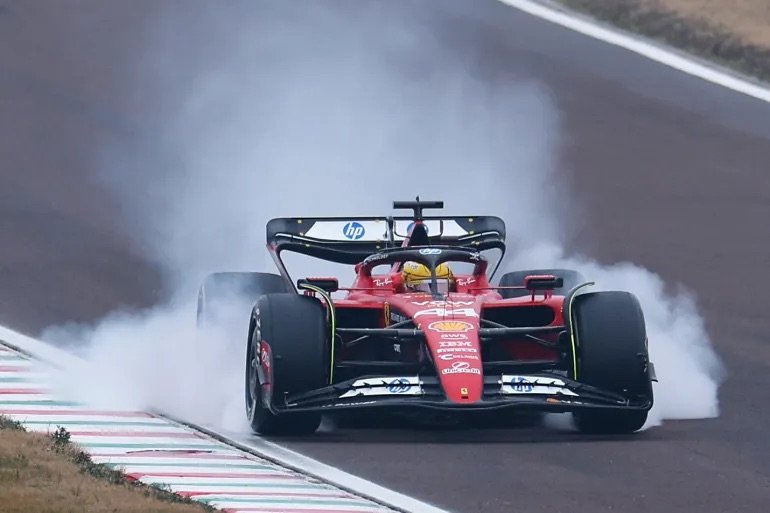
Source – AI Jazeera
On the second day of the Italian team’s private test at the Circuit de Barcelona-Catalunya in Spain, Lewis Hamilton crashed his Ferrari.
The roar of the Ferrari power unit echoed through the Circuit de Barcelona-Catalunya, a sound synonymous with speed, precision, and dominance. Yet, on this particular day, the familiar hum was followed by an unsettling silence. Lewis Hamilton, the seven-time Formula 1 World Champion, found himself in an unexpected predicament—his second real test with Ferrari had ended in the barriers. It was a moment that jolted the Tifosi, but one that neither the team nor their newest star seemed fazed by.
Hamilton walked away unscathed, the crash serving as nothing more than a reminder that even the greatest drivers must push the limits to understand them. For a man who has spent 12 years mastering the intricacies of a Mercedes, the shift to Ferrari was always going to come with a learning curve. The team immediately went to work, assessing the damage and ensuring that Charles Leclerc’s scheduled run would proceed as planned. Their confidence remained intact—this was not a sign of struggle but rather a natural part of the adaptation process.
This marked Hamilton’s second extensive day of testing the Prancing Horse, following a smooth session in Ferrari’s 2023-spec car just days earlier. The transition began with a tentative 30-lap run at Fiorano last week, an opportunity for Hamilton to familiarize himself with the cockpit, the handling, and the fundamental differences between Ferrari’s philosophy and that of his former home at Mercedes. However, Barcelona presented a more formidable challenge—a true test of his ability to sync with the team’s machinery under real-world conditions.
Unlike the grand spectacle of pre-season testing, this session took place behind closed doors. No media, no fans, just Hamilton, Ferrari, and a race against time. Every lap was invaluable. With strict mileage restrictions in place, the team was working within tight parameters to prepare Hamilton for the season opener in Melbourne. Formula 1 regulations limit race drivers to a maximum of 1,000 km in previous-generation machinery—a mere 215 laps of the Barcelona circuit. Every moment on track was precious, and despite the crash, the data gathered remained crucial.
Ferrari’s team principal, Fred Vasseur, had no doubts about Hamilton’s ability to adapt. Speaking last month, he dismissed any concerns about the transition, describing it as a “rush” but one that Hamilton was more than capable of handling. Experience, after all, was on his side. With nearly two decades in Formula 1, Hamilton wasn’t learning how to drive—he was learning how to maximize a new machine.
The Barcelona test, though momentarily disrupted, was just one step in a meticulously planned process. Next on the agenda is a two-day Pirelli tyre test at the same venue next week, where Hamilton will get his hands on a modified 2024-spec Ferrari designed to simulate the characteristics of the forthcoming 2026 regulations. This will offer yet another critical opportunity to refine his understanding of the car before the real challenge begins.
The true test, however, awaits in Bahrain. On February 19, Hamilton will pilot Ferrari’s 2025 challenger for the first time at Fiorano in a shakedown, marking the official start of a new era. Just one week later, he will have 1.5 days of running in Bahrain’s pre-season test, where every lap will be scrutinized as the world watches Ferrari’s latest superstar prepare to take on the grid in red.
For now, the crash in Barcelona is but a footnote—a minor detour on what promises to be an electrifying journey. The Tifosi are ready, Ferrari is ready, and Hamilton, undeterred by a brief setback, is more determined than ever.

